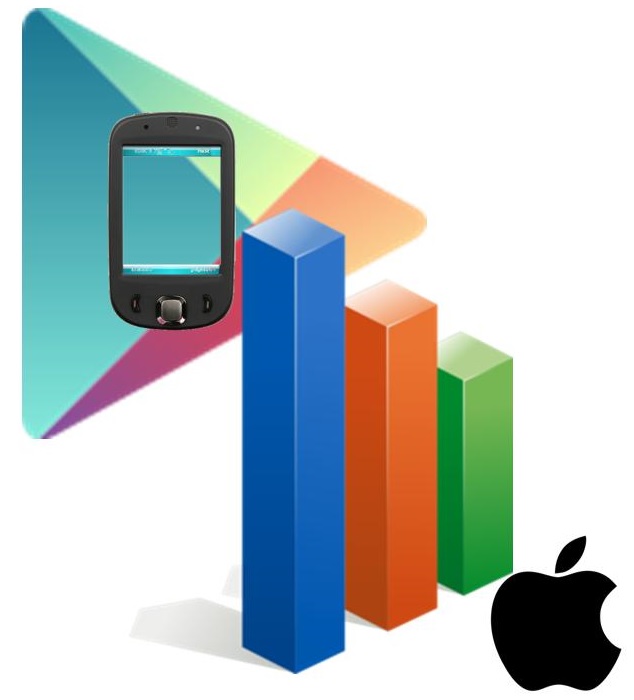Retailers have been working hard to encourage consumers to buy over their smartphones but still have barriers.
Recent reports are all consistently showing that as much as shopping via smartphones and tablets is growing, and retailers are pouring their resources into boosting their experience over these devices, mobile security remains a concern among consumers that is causing them to hold back from the true potential of the channel.
The focus, seems to be not only an engaging experience, but showing that it is a safe one, too.
Among the most recent reports, one has suggested that retailers are going to need to make a greater effort to convince shoppers that they have high enough mobile security to make it worthwhile to conduct their shopping activities safely online by way of their commerce sites. This could present a considerable challenge as this is a very new environment and many consumers hesitate when they are still feeling more comfortable using desktops and laptops.
The latest report has found that mobile security is one of the leading issues that causes shopping cart abandonment.
 The study was conducted by Jumio, which determined that among all m-commerce users, 65 percent will abandon their carts before completing their transactions. More than half of those people have done so because they have concerns over the mobile security that is involved in providing their sensitive data over their smartphones and tablets in order to complete a purchase.
The study was conducted by Jumio, which determined that among all m-commerce users, 65 percent will abandon their carts before completing their transactions. More than half of those people have done so because they have concerns over the mobile security that is involved in providing their sensitive data over their smartphones and tablets in order to complete a purchase.
One of the leading perceptions that remains regarding the use of smartphones and tablets is that there are serious mobile security issues related to them and that they are more dangerous to use in terms of the safety of sensitive data such as personal and financial information, than a traditional e-commerce platform over a desktop or laptop computer.
The same report also pointed out that 47 percent of its respondents who would have been willing to overlook certain mobile security worries struggled with the length of time that it took to load and complete the checkout experience over their smartphone or tablet. Over a quarter of the participants said that they had tried to make a purchase but that for some technical reason, they discovered that their order could not be placed.

 At the same time, the mobile commerce earnings from Apple were greater than those at Google.
At the same time, the mobile commerce earnings from Apple were greater than those at Google.